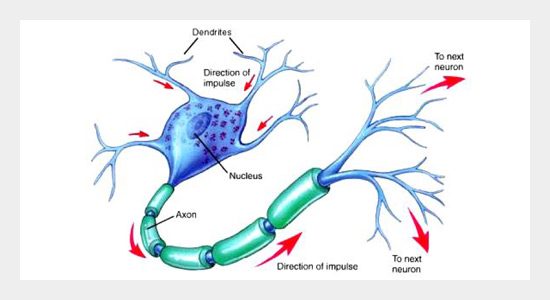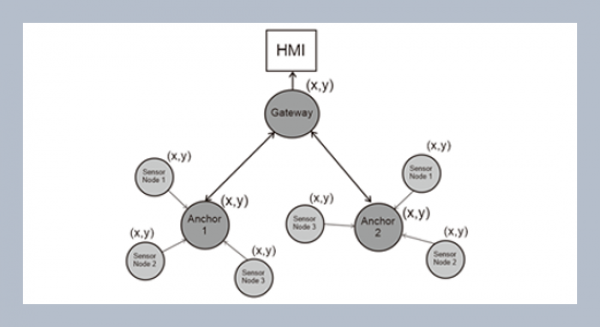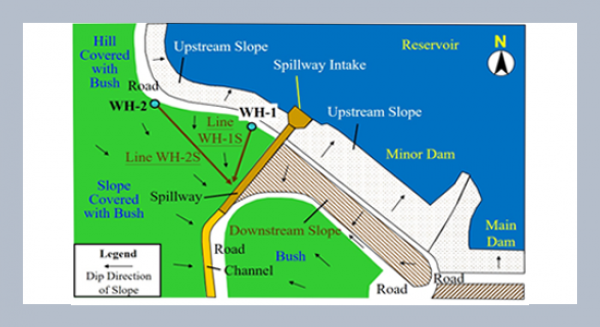B. Sidda Reddya*, J. Suresh Kumarb, and K. Vijaya Kumar Reddyb aSchool of Mechanical Engineering, R. G. M. College of Engineering and Technology, Nandyal, Kurnool (Dt), Andhra Pradesh, India
bDepartment of Mechanical Engineering, J. N. T. U. H. College of Engineering, J. N. T. University, Kukatpally, Hyderabad, India
Download Citation:
|
Download PDF
This paper discusses the use of D-optimal designs in the design of experiments (DOE) and artificial neural networks (ANN) in predicting the deflection and stresses of carbon fibre reinforced plastic (CFRP) square laminated composite plate subjected to uniformly distributed load. For training and testing of the ANN model, a number of finite element analyses have been carried out using D-optimal designs by varying the fibre orientations and thickness of each lamina. The composite plate is modeled using shell 99 elements. The ANN model has been developed using multilayer perceptron (MLP) backpropagation algorithm. The adequacy of the developed model is verified by root mean square error and regression coefficient. The results showed that the training algorithm of backpropagation was sufficient enough in predicting the deflection and stresses.ABSTRACT
Keywords:
D-optimal designs; finite element method; artificial neural networks; multilayer perceptron.
Share this article with your colleagues
[1] Akira, T. and Ishikawa, T. 2004. Design of experiments for stacking sequence optimizations with genetic algorithm using response surface approximation. Journal of Composite Structures, 64: 349-357.REFERENCES
[2] Cristovao, M., Soares, M., Carlos, A., Soares, M., Victor, M., and Correia, F. 1997. Optimization of multilaminated structures using higher order deformation models. Journal of Computational Methods in Applied Mechanical Engineering, 149:133-152.
[3] Choudhary, S. S. and Tungikar, V. B. 2011. A simple finite element for nonlinear analysis of composite plates. International Journal of Engineering Science and technology, 3(6): 4897-4907.
[4] Ganapathi, M., Polit, O., and Touratier, M. 1996. AC0 eight-node membrane shear-bending element for geometrically non-linear (static and dynamic) analysis of laminates. International Journal of Numerical Method in Engineering, 39(20): 3453-3474.
[5] Wanmin, H., Maurice, P., and Hsiao, Kuo-Mo. 1994. Investigation into a geometrically nonlinear analysis of rectangular laminated plates using the hierarchical finite element method. International Journal of Finite Element Analysis and Design, 18(1-3): 273-288.
[6] Zhang, Y. X. and Kim, K. S. 2005. A simple displacement-based 3-node triangular element for linear and geometrically nonlinear analysis of laminated composite plates. International Journal of Computational Methods in Applied Mechanical Engineering, 194: 4607-4632.
[7] Zhang, Y. X. and Kim, K. S. 2004. Two simple and efficient displacement-based quadrilateral elements for the analysis of composite laminated plates. International Journal of Numerical Methods in Engineering, 61: 1771-1796.
[8] Zhang, Y. X. and Kim, K. S. 2006. Geometrically nonlinear analysis of laminated composite plates by two new displacement-based quadrilateral plate elements. Journal of Composite Structures, 72(3): 301-310.
[9] Rajasekhara Reddy, M., Sidda Reddy, B., Nageswara Reddy, V., and Sreenivasulu, S. 2012. Prediction of Natural Frequency of Laminated Composite Plates Using Artificial Neural Networks. Engineering, 4(6): 329-337.
[10] Shifeng, W., Wuzhu, Y., Jianxiong, K., Jun, L., and Zhufeng, Y. 2010. Simulation of the creep damage behavior of thin film/substrate systems by bending creep tests. Journal of Materials & Design, 31(7): 3531-3536.
[11] Shifeng, W., Wuzhu, Y., Jianxiong, K., and Zhufeng, Y. 2010. Simulation of the interface characterization of thin film/substrate systems using bending creep tests. Journal of Applied Surface Science, 257(4): 1289-1294.
[12] Ramanjaneya Reddy, A., Sidda Reddy, B., and Vijaya Kumar Reddy, K. 2011. Application of design of experiments and artificial neural networks for stacking sequence optimizations of laminated composite plates. International Journal on Engineering, Science and Technology, 3(6): 295-310.
[13] Baker, A., Dutton, S., and Kelly, D. 2004. “Composite Materials for Aircraft Structures”. 2nd Edition. American Institute of Aeronautics and Astronautics, Inc.1801, Chapter 8, pp. 240.
[14] ANSYS, 2010. “Theory manual”.
[15] Reddy, J. N. 1997. “Mechanics of Laminated Composite plates”. CRC Press. Florida.
[16] Montgomery, D. C. 2001. “Design and analysis of Experiments”. Fifth ed., Wiley. New York.
[17] Principe, J., Lefebvre, C., Lynn, G., Fancourt, C., and Wooten, D. 2005. “Neurosolutions documentation”. NeuroDimension, Inc.: Gainesville, FL.
ARTICLE INFORMATION
Received:
2013-01-18
Revised:
2013-03-12
Accepted:
2013-05-21
Available Online:
2013-12-01
Reddy, B.S., Kumar, J.S., Reddy, K.V.K. 2013. Prediction of deflection and stresses of laminated composite plate with an artificial neural network aid. International Journal of Applied Science and Engineering, 11, 393–413. https://doi.org/10.6703/IJASE.2013.11(4).393
Cite this article:















